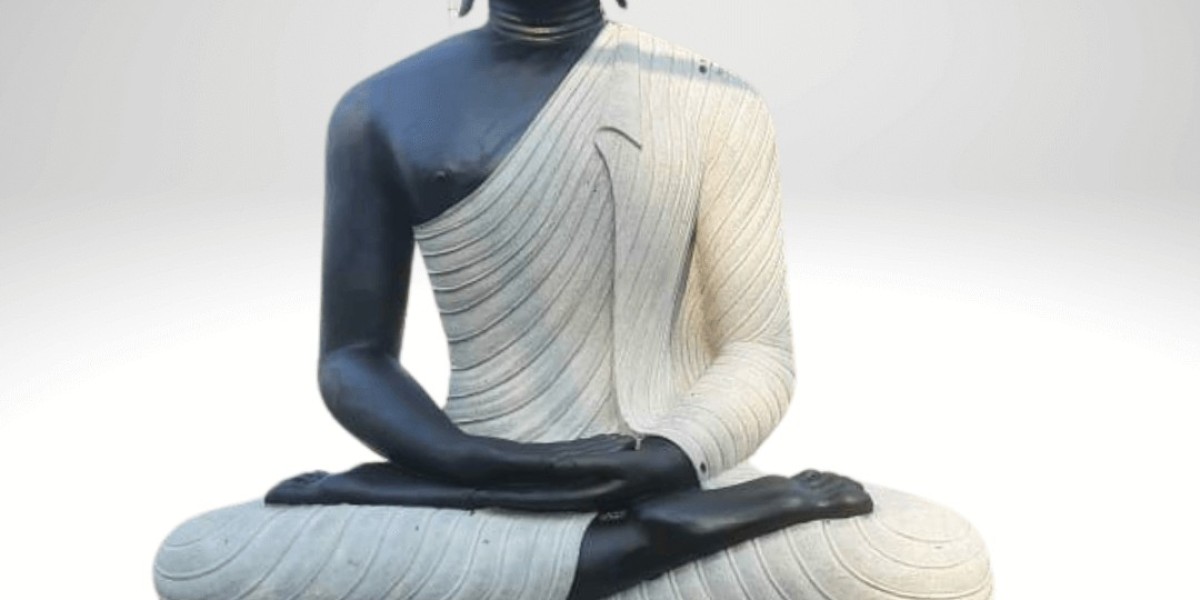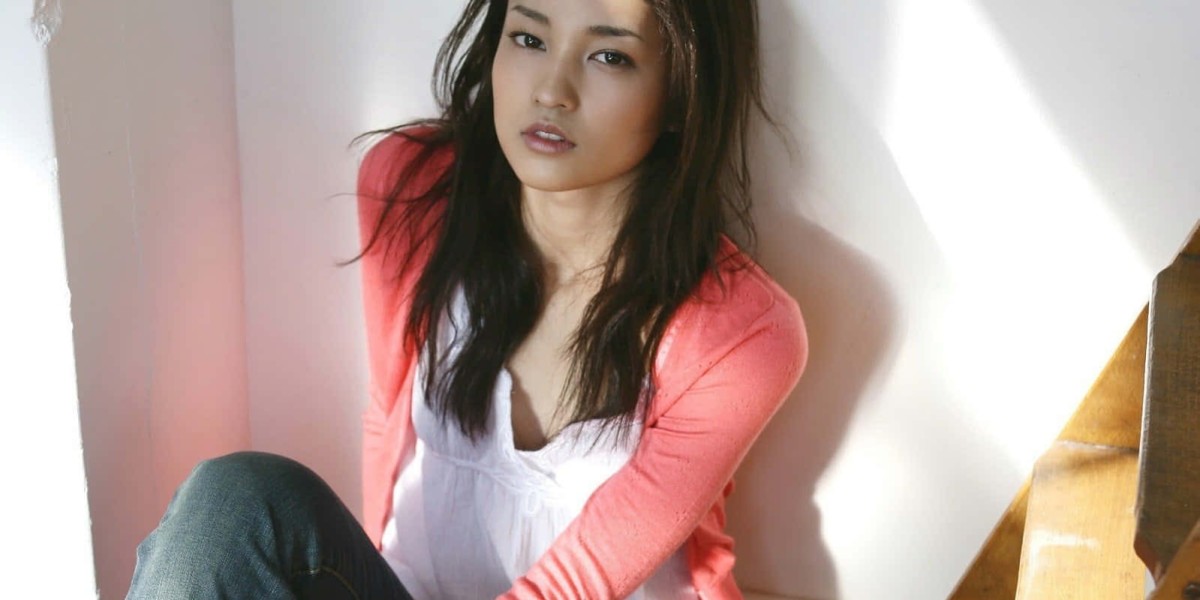Buddha statues are more than just beautiful pieces of art—they are symbols rich in history, spirituality, and meaning. Whether you see a reclining Buddha, a seated one in deep meditation, or a majestic standing form, each posture tells a distinct story about the life and teachings of Siddhartha Gautama, the Buddha. For those who bring a Buddha Statue for Home Big Size, understanding the story behind these forms can deepen the spiritual ambiance and give a soulful character to their living space.
In this blog, we explore the three primary postures—reclining, sitting, and standing—of Buddha statues, uncovering the stories, symbolism, and significance that have inspired millions across centuries.
1. The Reclining Buddha: Peaceful Transition into Nirvana
Symbolism:
The reclining Buddha statue represents the Buddha during his final moments before entering Parinirvana, the ultimate state of liberation after death. This posture symbolizes the detachment from the physical world and the culmination of the Buddha’s journey toward enlightenment.
Story Behind the Posture:
As the legend goes, when the Buddha was 80 years old, he knew his end was near. He lay on his right side, resting his head on a cushion or his right hand, surrounded by his disciples. In this serene position, he gave his final teachings and then passed into Nirvana, free from the cycle of birth, death, and rebirth.
Why People Choose It:
The reclining Buddha is often placed in homes and meditation spaces to inspire tranquility, acceptance, and a sense of release from worldly suffering. When people select a Buddha Statue for Home Big Size in the reclining posture, they often intend to make it the centerpiece of a peaceful and reflective corner.
Cultural Notes:
This statue is especially popular in countries like Thailand, Myanmar, and Sri Lanka. The famous 46-meter-long Reclining Buddha at Wat Pho in Bangkok is one of the largest and most revered in the world.
2. The Sitting Buddha: Meditation, Teaching, and Enlightenment
Symbolism:
Perhaps the most iconic of all, the sitting Buddha is deeply associated with meditation, inner peace, and spiritual awakening. However, the meaning can vary based on the hand gestures (mudras) the statue is making.
Different Sitting Postures and Their Meanings:
Dhyana Mudra (Meditation): Hands resting on the lap, right hand over the left, thumbs touching. Symbolizes deep meditation.
Bhumisparsha Mudra (Calling the Earth to Witness): Right hand touches the ground, left rests in the lap. This is the moment of enlightenment under the Bodhi tree.
Dharmachakra Mudra (Teaching): Both hands in front of the chest, forming a circle. This represents the first sermon at Sarnath, setting the Wheel of Dharma in motion.
Story Behind the Posture:
The sitting Buddha reflects significant moments from the Buddha’s life—particularly his deep meditation under the Bodhi tree, his enlightenment, and his first sermon. These statues connect us directly to the spiritual journey of the Buddha and serve as a reminder to look inward.
Why People Choose It:
A sitting Buddha Statue for Home Big Size is often chosen for meditation rooms, living rooms, or gardens. It is a powerful symbol of calmness and introspection, ideal for creating a focused, spiritually enriching environment.
Cultural Notes:
Sitting Buddha statues are prevalent across India, Nepal, Tibet, and Southeast Asia. The style and craftsmanship may differ, but the essence remains consistent—peace, wisdom, and the pursuit of truth.
3. The Standing Buddha: Strength, Courage, and Compassion
Symbolism:
The standing Buddha posture typically symbolizes teaching, blessing, and often, a moment of fearlessness. It represents Buddha actively engaging with the world.
Common Mudras in Standing Buddha Statues:
Abhaya Mudra (Fearlessness): Right hand raised, palm outward. This mudra represents protection and reassurance.
Varada Mudra (Compassion or Granting Wishes): Hand stretched downward, palm facing out. Symbolizes giving and charity.
Story Behind the Posture:
The standing Buddha often depicts the Buddha during his travels, spreading his teachings. One popular story tied to this posture is when Buddha calmed a raging elephant charging toward him—symbolizing the triumph of peace and wisdom over brute force and fear.
Why People Choose It:
A standing Buddha Statue for Home Big Size makes a bold spiritual statement. It’s ideal for entryways or open halls where the presence of the Buddha is meant to radiate protection, courage, and welcome. It’s a posture that tells visitors: this is a space of peace and spiritual awareness.
Cultural Notes:
In many temples of Thailand and Laos, you will find a series of standing Buddhas, each associated with a different day of the week, as locals believe each day carries a specific energy influenced by the Buddha's actions.
Understanding the Mudras: The Language of the Buddha’s Hands
Each Buddha statue is also characterized by hand gestures, or mudras, which are symbolic of different teachings and moments in the Buddha's life. Whether sitting, standing, or reclining, the meaning is often amplified or refined through the mudra. Understanding these mudras allows a deeper connection to the statue’s spiritual purpose.
Choosing the Right Posture for Your Space
If you're planning to add a Buddha Statue for Home Big Size, consider what you want the statue to reflect in your space:
For serenity and letting go: Choose a reclining Buddha.
For meditation and mindfulness: Opt for a sitting Buddha in Dhyana or Bhumisparsha mudra.
For strength and protection: A standing Buddha in Abhaya mudra might be the perfect choice.
It's not just about size or aesthetics. It's about energy—what kind of spiritual presence you want to invite into your home.
Placement Tips for Large Buddha Statues at Home
Respectful Positioning: Never place a Buddha statue directly on the floor. Use a raised platform or table.
Avoid Bedrooms or Bathrooms: These are not considered respectful spaces for spiritual symbols.
Face East: Many traditions recommend placing the Buddha facing east, the direction of enlightenment.
Keep It Clean and Clutter-Free: The space around the Buddha should be tidy, reflecting the clarity and purity of mind the statue represents.
From Symbol to Presence: What a Buddha Statue Can Mean in Daily Life
For many people, having a Buddha Statue for Home Big Size is not about religion but about creating a space that nurtures peace, mindfulness, and compassion. Whether you light incense in front of it each morning or simply sit quietly nearby with a cup of tea, the presence of a Buddha statue can serve as a subtle reminder of inner stillness in a chaotic world.
In urban homes filled with digital noise and rush, these statues offer an ancient yet timeless stillness. And even if you never chant a mantra or sit for formal meditation, just sitting beside a Buddha can awaken something silent and eternal within.
Conclusion: The Silent Storyteller
Reclining, sitting, or standing—each Buddha statue carries centuries of wisdom in its silent form. Beyond decoration, these forms invite us into stories of compassion, resilience, truth, and transcendence. In choosing the right Buddha Statue for Home Big Size, you’re not just choosing a sculpture; you're choosing a companion on your journey inward.








